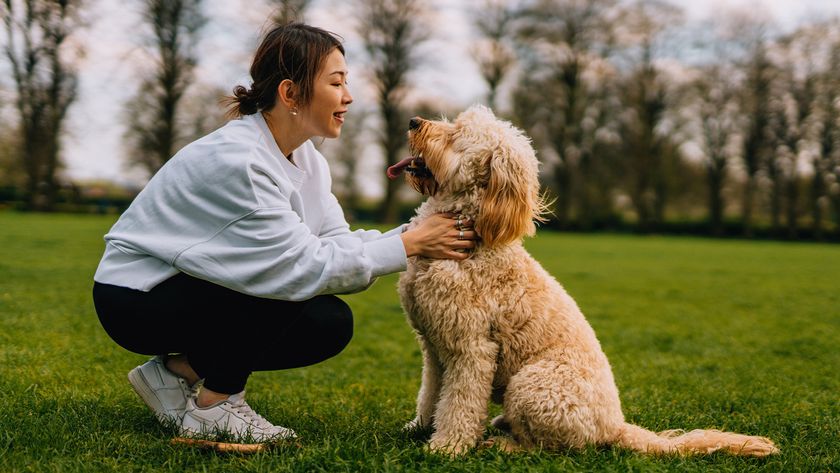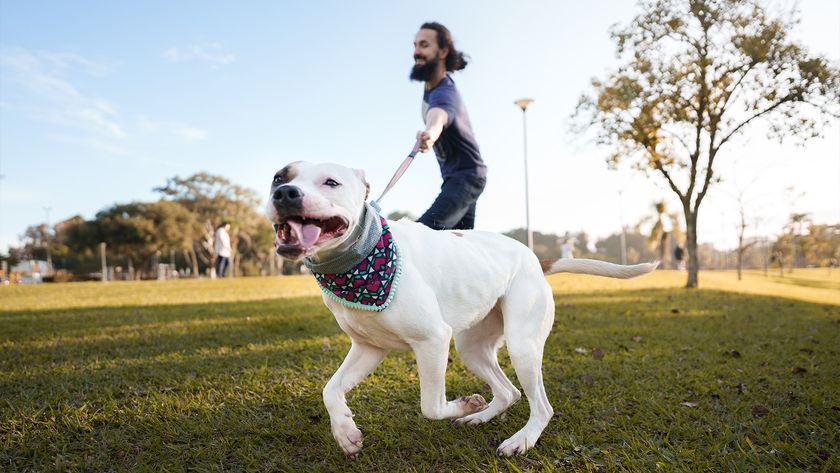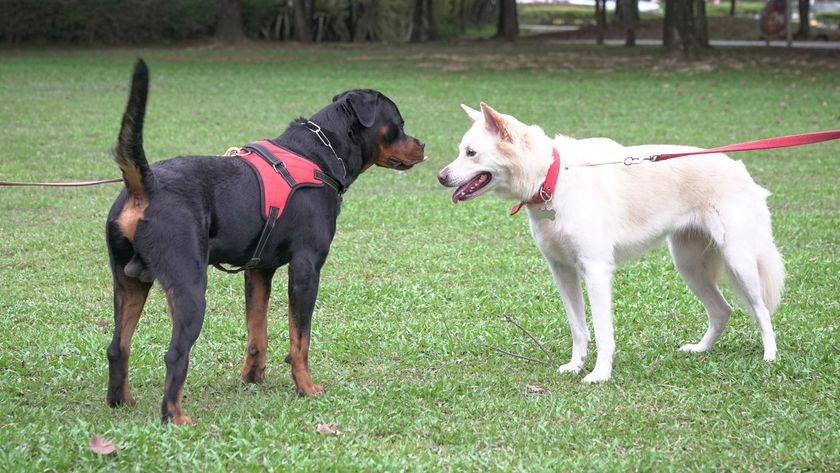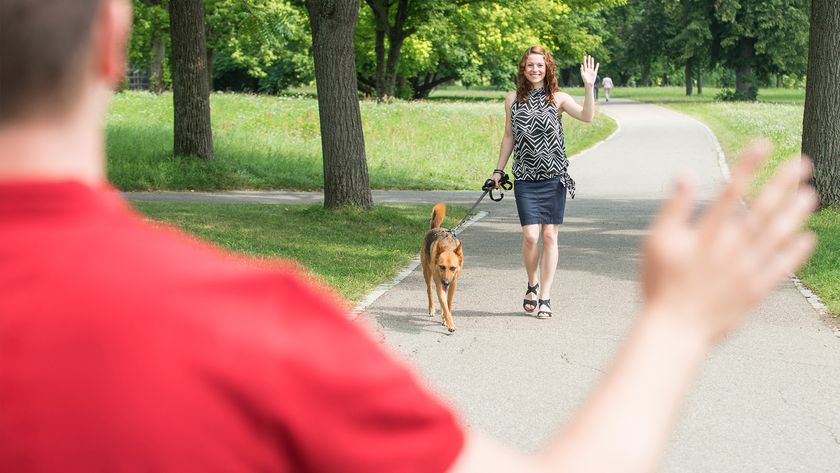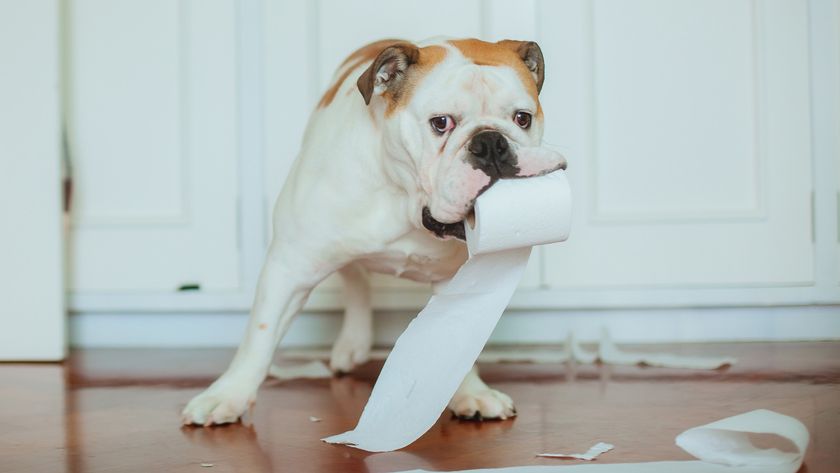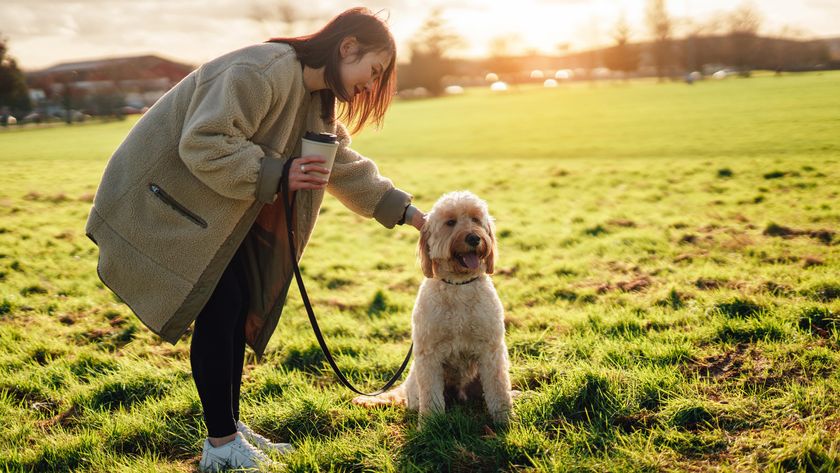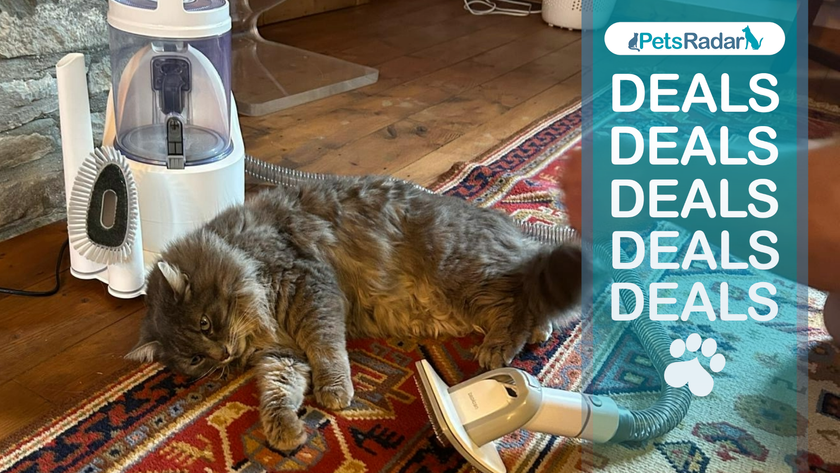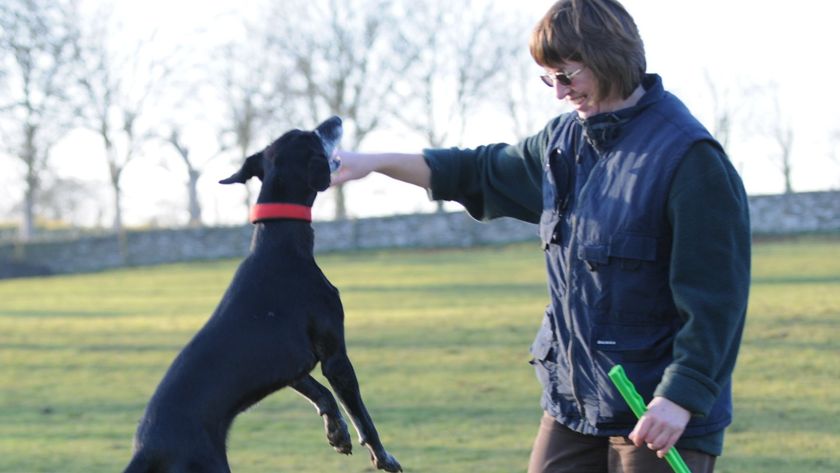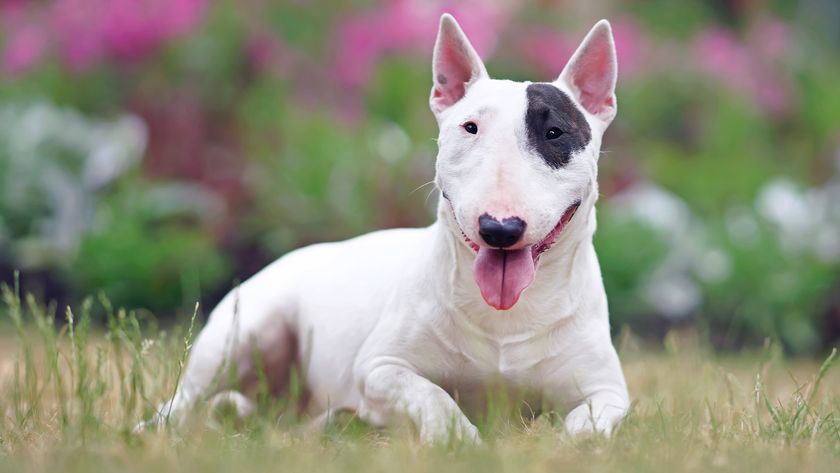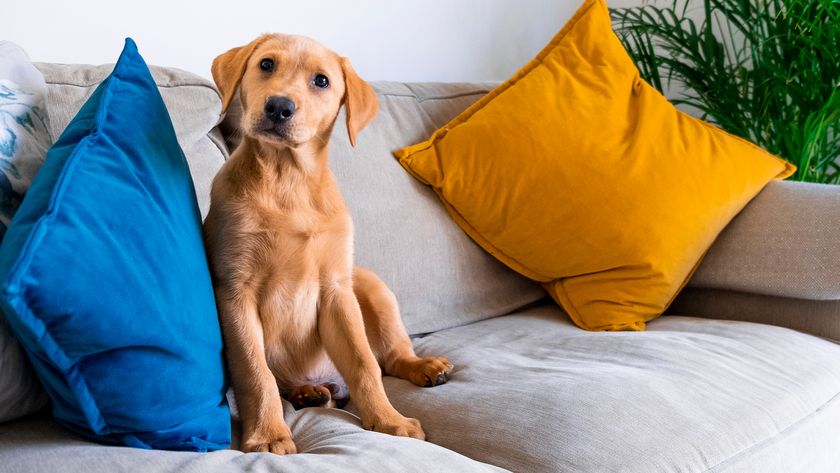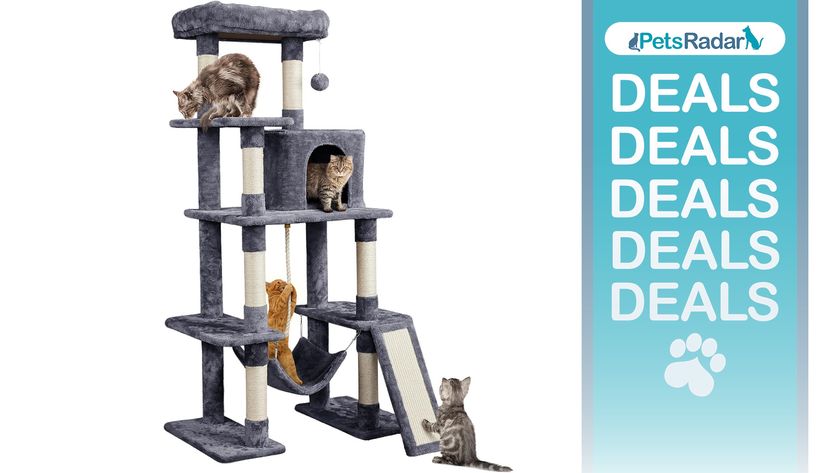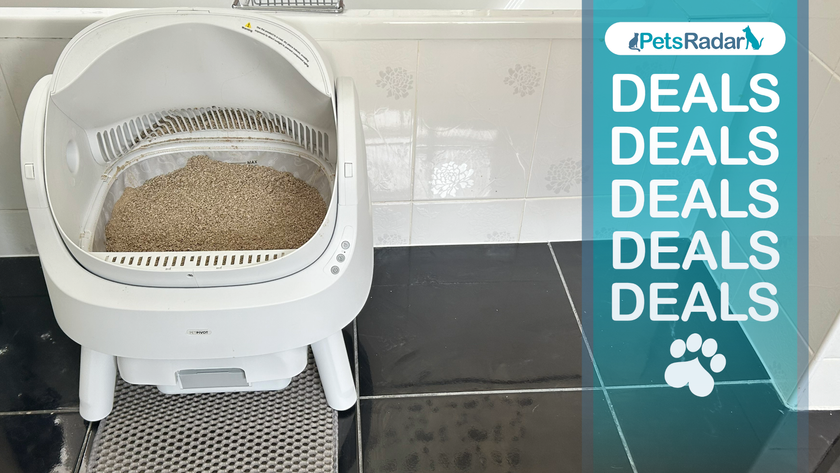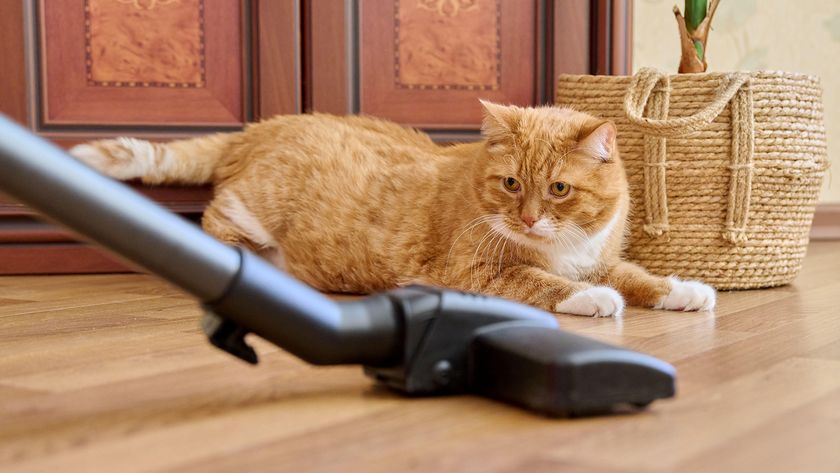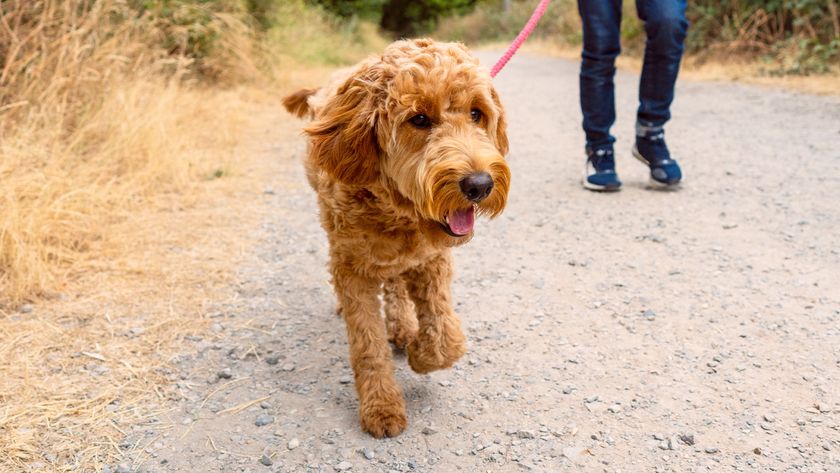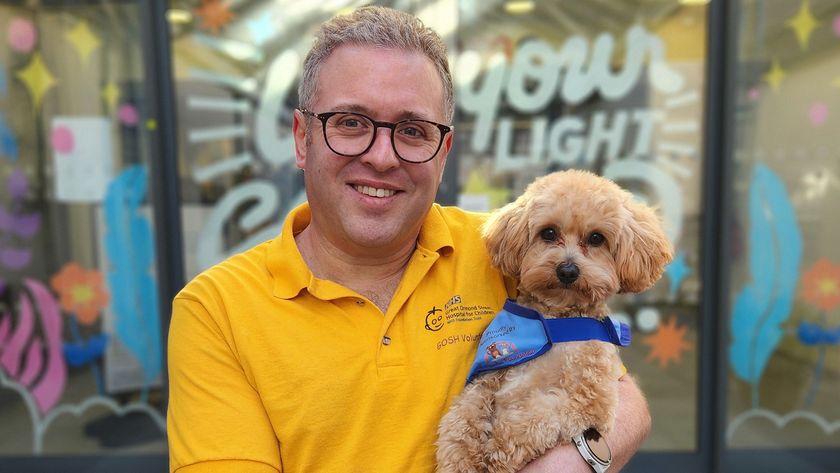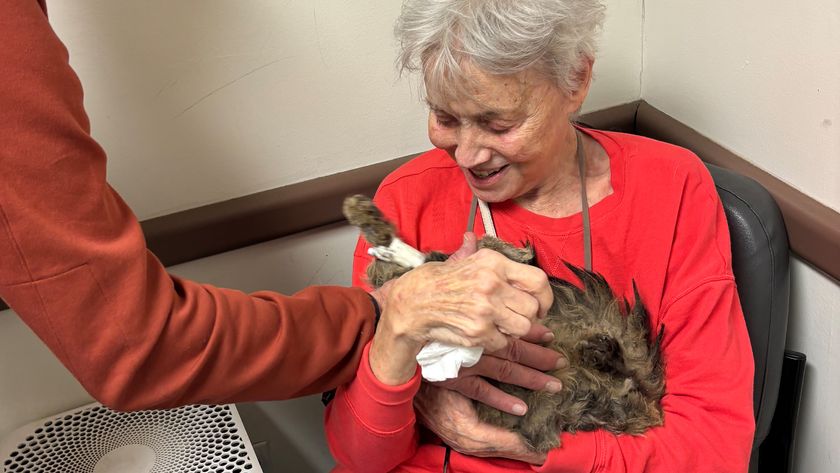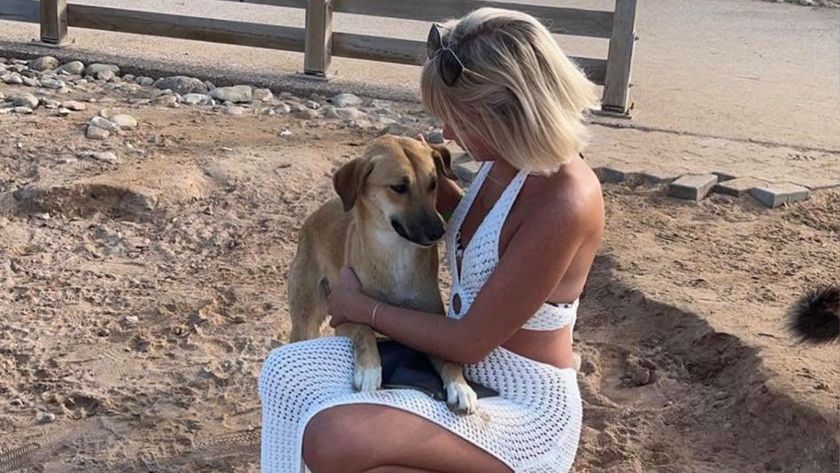Trainer shares three reactivity management exercises and they're great for keeping your dog calm
Keep your pup calm and happy during walks with expert tips from a certified force free dog trainer
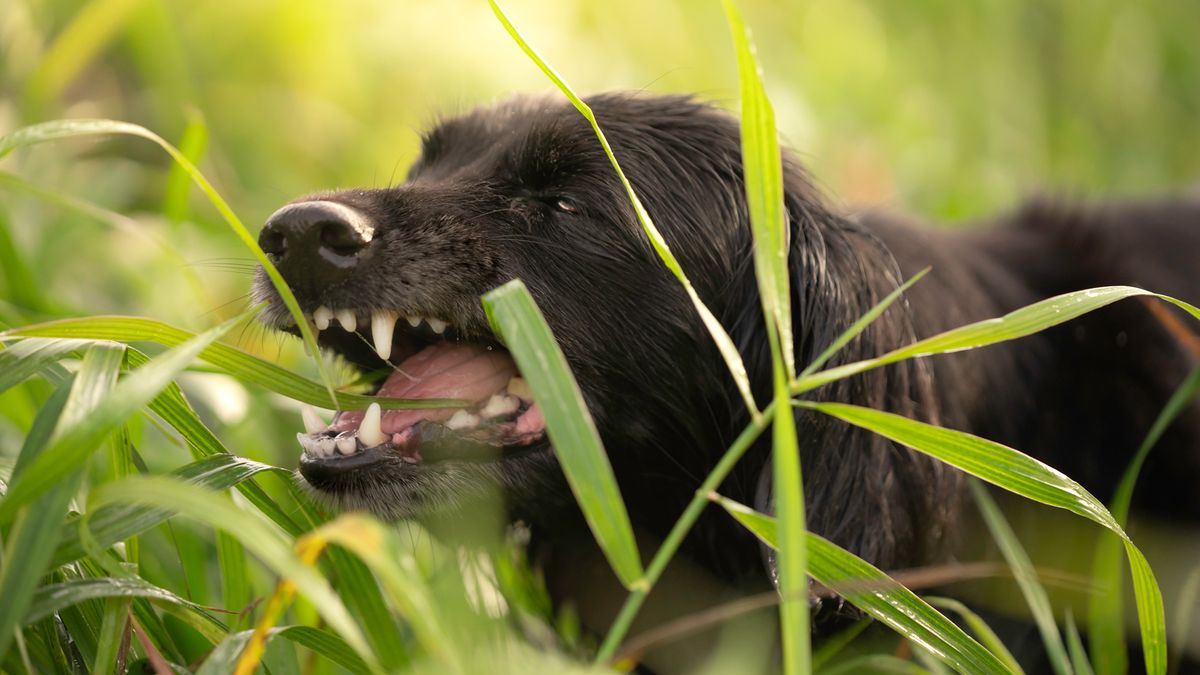
Helping a reactive dog navigate the world can be a challenge for both the dog and their owner. Reactivity in dogs can manifest in various behaviors, from barking and lunging to anxious trembling, making outings a stressful experience.
But there's hope for learning how to calm down a reactive dog so that you and your pet can live a less stressful life. Professional dog trainer Jenna Pellerito has shared with Instagram her top three reactivity management exercises that can work wonders in keeping your dog calm and happy. The bonus is you'll only need a healthy supply of the best dog treats to try them on your own pooch.
Reactive dogs often find themselves overwhelmed by their triggers, whether it's other dogs, strangers, or unfamiliar environments. These situations can lead to intense reactions, making walks a struggle and causing anxiety for both the dog and owner.
Reactivity management, as emphasized by Pellerito, plays a crucial role in helping dogs feel better about their triggers by preventing reactions from occurring.
Watch how this expert dog trainer demonstrate three ways you can help your dog with their reactivity and make activities like walks much more fun together…
A post shared by Jenna Pellerito CCBC-KA | Dog Trainer (@thefutureisforcefree)
A photo posted by on
Three reactivity management exercises:
1) Treat Scatter: Have you ever tried turning your dog's walk into a treasure hunt?Pellerito suggests tossing high-value treats into the grass or on the street, encouraging your dog to use their nose to sniff out the hidden goodies. This fun activity helps shift their focus from the trigger to the tasty task of finding food rewards, allowing them to remain calm and engaged until the trigger has passed.
PetsRadar Newsletter
Get the best advice, tips and top tech for your beloved Pets
2) Treat Magnet: In this exercise, you'll place a handful of treats on your dog's nose or use a squeeze tube filled with food. By keeping the food near their nose and leading them forward, you create a connection between the treat and the direction of movement. This not only redirects your dog's attention away from the trigger but also reinforces the idea that moving calmly forward is rewarding.
3) 123 Pattern Game: This engaging game, borrowed from fellow dog trainer, Leslie McDevitt’s, Control Unleashed series, is about conditioning your dog to anticipate treats when they hear a specific countdown.
Start by saying "three!" and immediately give your dog a treat. Repeat this step several times before progressing to "two...three!" and then "one...two...three!" Each time your dog hears the countdown, they'll eagerly anticipate a treat. This exercise helps your pup stay focused and relaxed, even in challenging situations.
To get the most out of these reactivity management exercises, introduce them in a low-distraction area like your home. Once your dog understands the concept, gradually transition to practicing these exercises outdoors, away from their triggers. Consistent daily practice indoors and outdoors will ensure your dog becomes confident with these techniques.
As your dog becomes more skilled at these exercises, you can confidently incorporate them into your walks and outings.
Remember that reactivity management is a gradual process that requires patience and consistency. Always prioritize your dog's comfort and well-being, gradually increasing the level of distraction as they become more proficient.

With over a year of writing for PetsRadar, Jessica is a seasoned pet writer. She joined the team after writing for the sister site, Fit&Well for a year. Growing up with a lively rescue lurcher kindled her love for animal behavior and care. Jessica holds a journalism degree from Cardiff University and has authored articles for renowned publications, including LiveScience, Runner's World, The Evening Express, and Tom's Guide. Throughout her career in journalism she has forged connections with experts in the field, like behaviorists, trainers, and vets. Through her writing, Jessica aims to empower pet owners with accurate information to enhance their furry companions' lives.
